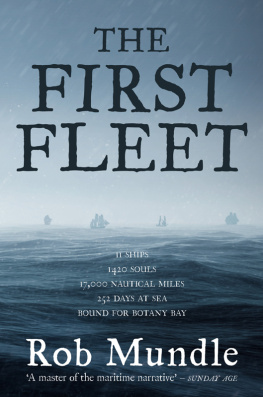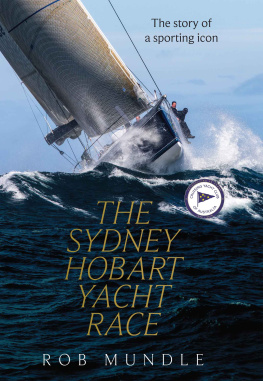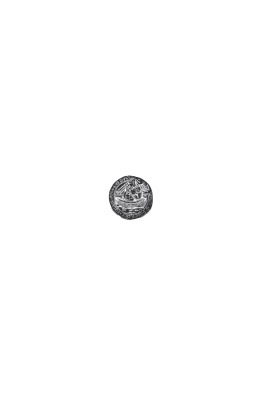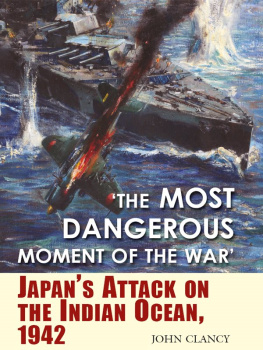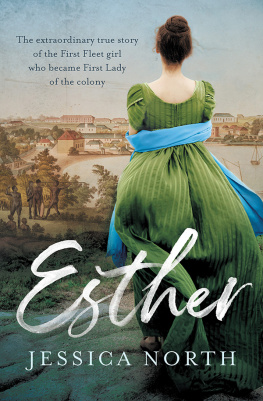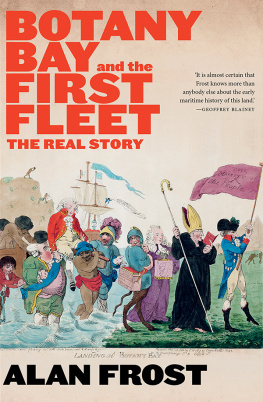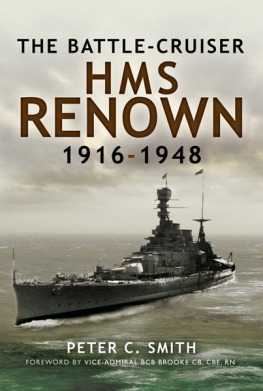To Arthur Phillip, the brave sailors and first settlers who, through unyielding courage and determination, overcame adversity and founded our great nation
Roald Amundsen, the Norwegian explorer, famously acknowledged the role of sailors in historys great endeavours and adventures when he said: We must always remember with gratitude and admiration the first sailors who steered their vessels through storms and mists, and increased our knowledge of the lands of ice in the South. This is equally true of the officers and crew of the eleven-ship convoy which sailed to Sydney Cove, Port Jackson in 178788 which we have come to call the First Fleet.
I am not an historian, nor an academic, but having sailed countless thousands of nautical miles in my life, in everything from skiffs to maxi yachts, inshore and offshore, I consider myself a competent sailor and a man of the sea. So, in researching this latest maritime story of the First Fleet, I realised there was an opportunity to provide a sailors perspective of the passage to Botany Bay, as George B. Worgan, the Surgeon of Sirius , described it. As I ventured down this path, it increasingly struck me that this was the story of one of the great undertakings of the modern world, and it was as much the story of professional sailors in their day-to-day workings on individual ships, battling all that nature could hurl at them from disease to possible shipwreck as it was grand plans and strategic visions by politicians and authorities.
I have sailed out of Portsmouth and covered the length of the Solent, experienced a savage force-10 storm in the Atlantic, and been on the waters of both Rio de Janeiro and Cape Town. These experiences placed me in the wake of the First Fleeters and gave me an appreciation of what they endured. Moreover, the research I undertook for my book about the tragic 1998 Sydney to Hobart yacht race ( Fatal Storm ) gave me a vivid understanding of what the Fleet might have experienced south of the Equator. The conditions those yachts faced were as bad as it can get in the depths of the Southern Ocean.
As I wrote my way more deeply into this powerful story my admiration for the achievement of Captain Arthur Phillip, and all those under his command grew proportionately. They had been directed to voyage to, and settle in, the unknown. It was one hell of a trip, and success did not come easily.
In crafting my story I have been able to combine my knowledge of the sea with information in the actual journals of First Fleet crew members and officers, and their various observations of the day-to-day workings of their individual ships, covering everything from the handling of the vessel in the widest range of weather conditions through to life below deck for the sailors and the shackle draggers (convicts). On many occasions I was pleased to be able to expand on a brief journal entry (those few words that are akin to an eighteenth-century Twitter post!) simply because it was obvious to me, through my sailing experience, what the fine detail of the moment was that lay behind those logs. As a consequence, I found myself in awe of what skilled sailors these men were in keeping their ships safe. It really was the era of ships of wood and men of steel.
Of course, the basic storyline for this book came from the coal face the journals and letters of many of the key players, and some of the lesser known men in the fleet characters who provided inspiration, perspective and colour. My methodology in constructing the core of the story relating to the voyage was to compare and contrast the individual journal entries so I could form a picture of a particular day or moment; then render that with my own sailors perspective (or creative licence). Of considerable benefit to my writing was Jacob Nagels journal held by the State Library of New South Wales, which was edited by John C. Dann and published by New Yorks Grove Press (1988); and Governor Arthur Phillips own documents. This situation might be compared with an artist blending colours I had the formality of Phillips account and the salty-seadog yarn from Nagle.
I acknowledge the critical role of the State Library of New South Wales and its magnificent First Fleet collection in the creation of this work. Of the contemporary records which survive documenting the First Fleet, the original private-manuscript journals written by those who actually sailed with the expedition occupy a central place in the librarys collection; and we can all enjoy access to them via the web. The library proudly holds the worlds largest collection of original First Fleet journals and correspondence. Of the eleven known journal manuscripts, nine are held in the Mitchell and Dixson Library collections of the State Library of New South Wales (sl.nsw.gov.au), including those by John Hunter, Second Captain; Philip Gidley King, Second Lieutenant; William Bradley, First Lieutenant; Jacob Nagle, a seaman; and George Worgan, surgeon, all serving on the Sirius ; Ralph Clark, Second Lieutenant of Marines on the Friendship ; James Scott, Sergeant of Marines on the Prince of Wales ; John Easty, Marine private on the Scarborough ; and Arthur Bowes Smyth, surgeon on the Lady Penrhyn . All give insights into shipboard life, the convicts, officers and crew, ports of call, discipline, injuries and deaths, and daily life in the colony. My book reflects the collective and enduring legacy of their accounts.
Many of the original published journals and accounts of the day can also be enjoyed as free e-books on Project Gutenberg (gutenberg.net.au/first-fleet.html). I particularly relied on the works of Arthur Phillip, The Voyage of Governor Phillip to Botany Bay with an Account of the Establishment of the Colonies of Port Jackson and Norfolk Island , London (1789) this book includes the journals of Lieutenants Shortland, Watts and Ball and Captain Marshall; George Burnett Barton, History of New South Wales from the Records Vol. 1 (1889); David Collins, An Account of the English Colony in New South Wales , Vol. 1, London (1798), and Vol. 2, London (1802); Daniel Southwell, Journal and Letters of Daniel Southwell (1893); John White, Journal of a Voyage to New South Wales (1790); Watkin Tench, A Narrative of the Expedition to Botany Bay , London (1789), and A Complete Account of the Settlement at Port Jackson , London (1793).
The writing of history has myriad masters. There is not always consensus. My First Fleet does not seek to be the definitive work on the subject. Our understanding of past events is always evolving and being refined and redefined with each published work. I consulted major historical works on the First Fleet, including the recent books of Alan Frost, as well as classics such as Robert Hughess The Fatal Shore and Mollie Gillens The Founders of Australia: A Biographical Dictionary of the First Fleet , which I found valuable and instructive.
Many of the proud First Fleet descendants have painstakingly created comprehensive and generous resources on the web for lovers of genealogy and history alike. The well-presented First Fleet Fellowship website (firstfleetfellowship.org.au) was of considerable assistance, as was research done by the University of Wollongong that led to a compilation of a list of convicts detailing their crimes and sentences (firstfleet.uow.edu.au/download.html).

